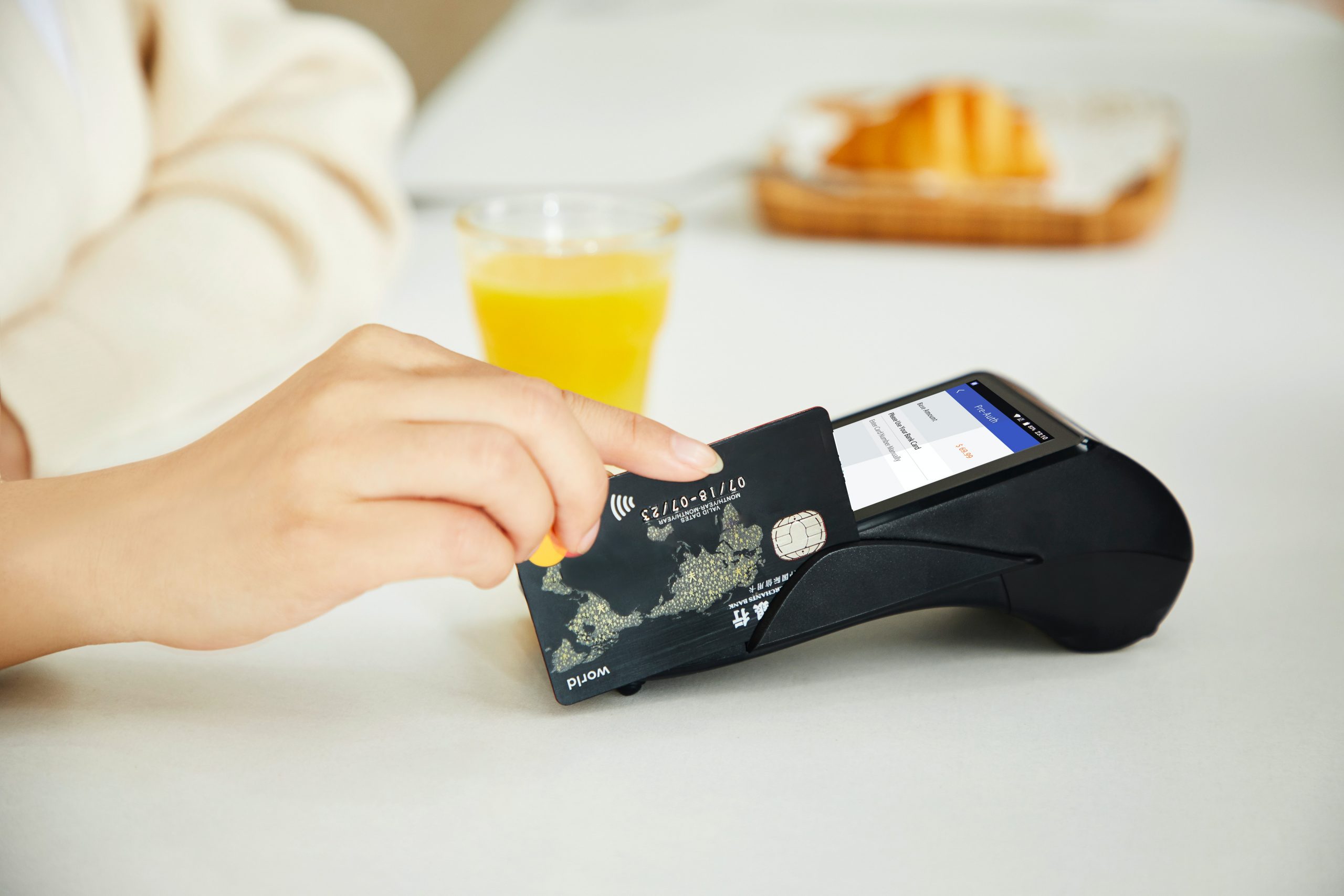by Kelly Sullivan
Running a small business means making a lot of decisions about how you want things to work. I mean, isn’t this the beauty of being your own boss? Everything gets done the way you want it to!
Making these decisions isn’t always easy though, and when it comes to how you get paid, you want to ensure that you’ve done your research in order to pick the best option for you and your business.
There are many, many e-payment systems out there to choose from. Let’s be real, that’s how the majority of today’s business is done. Digital wallet and contactless card use in the US is on the rise, and credit cards are the most common payment method in the United States.
Allow us to help lighten the load. This week’s blog brings you comparisons of some of the most popular e-payment systems out there today, including some of the things you will want to consider when deciding which one to use for your business.
Stripe
Stripe is popular with small and large businesses, and is easy to set up – you can have it ready to go for your business in about 10 minutes. It allows both online and in-person businesses to accept payments digitally, all while preventing fraud with its Radar protection. Stripe integrates with popular online shopping systems like WooCommerce and Shopify.
Stripe is popular globally, supports over 135 currencies and payment methods, and offers 24/7 customer support. Even Slack, the business communication app, uses Stripe in 15 countries for payments. Something to note is that they have a highly customizable checkout flow for ease of use.
If you are interested in using their in-person feature, you can integrate the company’s point-of-sale option, Stripe Terminal. But if you do most of your business in person, there are likely better options for you (see Square). That said, Stripe’s flat-rate pricing is easy to understand and there are no monthly fees. In addition, you can cancel at any time if it isn’t a good fit.
Square
Square is one of the best online payment methods for mobile businesses, whether you sell physical or digital products or run a restaurant that offers online payments for takeout. You can send invoices and collect payments all in the same place, and it even offers a free eCommerce service to help you get things up and running.
Square has no monthly fees and is known for their low costs, easy setup, and free services, no contract required. The mobile reader is free and plugs into your phone or tablet. Small business owners can save time and energy by having everything they need in one app.
You can also manage your payroll by opening a Square checking account without fees for your business. With its online payment solution, you can also easily add shopping cart buttons, purchase links, and QR codes to help direct clients to your products and services. It includes retail features like end-of-day reports and inventory tracking.
A couple of things to note here – firstly, they are not known for their customer service. If you are looking for regular customer support, Square may not be the best option for you. Secondly, Square is good for new and smaller merchants, but it may not be the best deal for larger businesses. If you process more than $5,000 a month, a full service merchant account is usually a cheaper option.

PayPal
PayPal offers businesses a diverse platform in over 200 countries and territories worldwide that combines payment processing with eCommerce and mobile point of sale functionality. High-volume and high-risk vendors may not find PayPal a good fit, but many merchants will find that PayPal fits their needs.
Consumers can pay you via their credit or debit cards, their PayPal balance, or their bank accounts. The platform allows customers to pay quickly with one click, and its innovative Store Cash feature helps convert users that have abandoned their carts into sales. PayPal integrates with many of your existing systems, and you can easily customize your experience by working with PayPal to create a custom online payment solution for your business.
PayPal works with in-house and developer tools, and third-party integrations that let you customize your platform experience. PayPal’s features include invoicing, marketing, international selling, mass payouts, social media selling, and buy now, pay later.
Online sellers can either use PayPal as their exclusive e-payment system, or as a supplemental option. This isn’t possible with Square, Stripe, or any other processor. Online PayPal sellers will often pay a fixed fee of $0.49 per transaction in addition to the percentage fee. This fixed fee is higher than PayPal’s competition, and tends to hurt smaller merchants. They do offer a mobile point of sale app, called PayPal Zettle, that includes an inexpensive card reader and transaction fees that are better for small-ticket merchants.
Quickbooks Payments
Most people have heard of QuickBooks in the context of bookkeeping software that allows you to keep track of invoices and accounting for your business. QuickBooks Payments is a convenient way to accept payments for your business while keeping it organized with accounting for QuickBooks customers.
QuickBooks Payments accepts payments from Visa, Mastercard, American Express and Discover, as well as bank transfers and Apple Pay. Although QuickBooks Payments does not charge a monthly fee, you’ll need a QuickBooks Online account to use it.
It works especially well for businesses that provide services to other businesses, then bill them through Quickbooks Online. However, customer service isn’t 24/7 and the QuickBooks point-of-sale system that it works with has limited hardware options. If you are only interested in a payment platform, it may be worth considering another company that specializes in credit card processing as opposed to bookkeeping and tax preparation.
There are many other options out there to consider including Venmo, DepositFix, Apple Pay, and Stax, just to name a few. Perform solid research to decide what is going to work best for your needs. And don’t forget that accepting credit card payments means there will be fees involved, so consider raising your prices by 5% (depending on the platform you choose) to avoid hurting your business.
Online payment systems are something you can’t do without, so if you’re not already, it’s time to get familiar with them!
Want More From Outgrow Your Garage?
-Earning money has never been easier! Share an affiliate link with your clients, and receive a percentage of the sale! Interested in learning more about our Affiliate Program?
-Business education should be easily accessible for everyone at an affordable price. No matter what area of your business you need help in, choose from a variety of business course topics that teach you how to turn your every day tasks into organized systems.





Leave a Reply